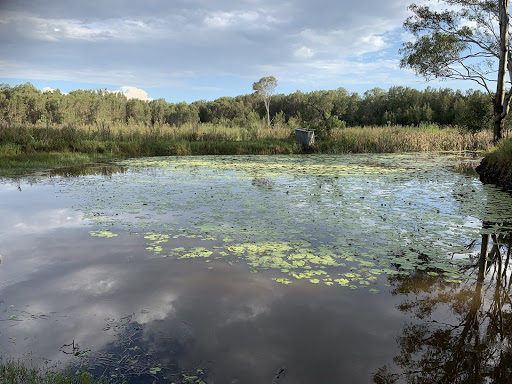
You see lots of building developments going up, and large construction sites. When developers clear the site and make the soil level or dig holes for footings or basement carparks – where does all that soil go? Generally, the soil is treated as waste in order to get it offsite quickly. Sometimes it has historical
read more


